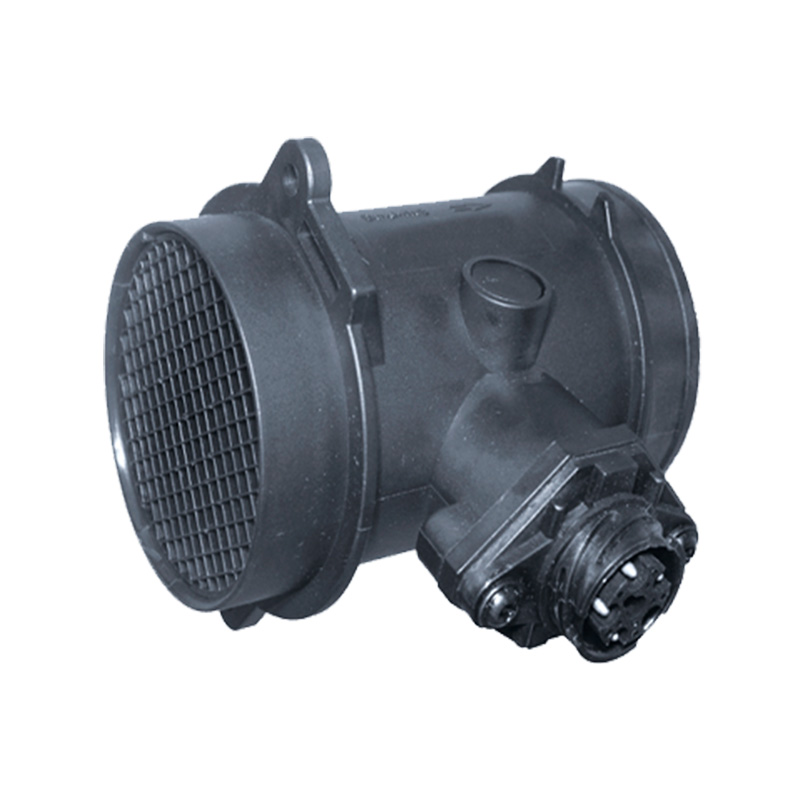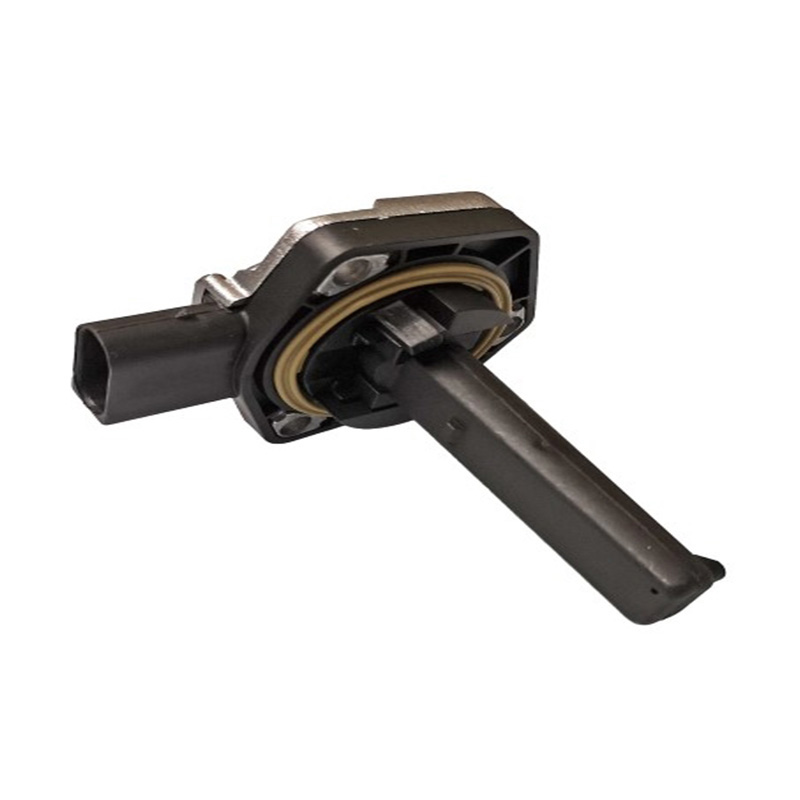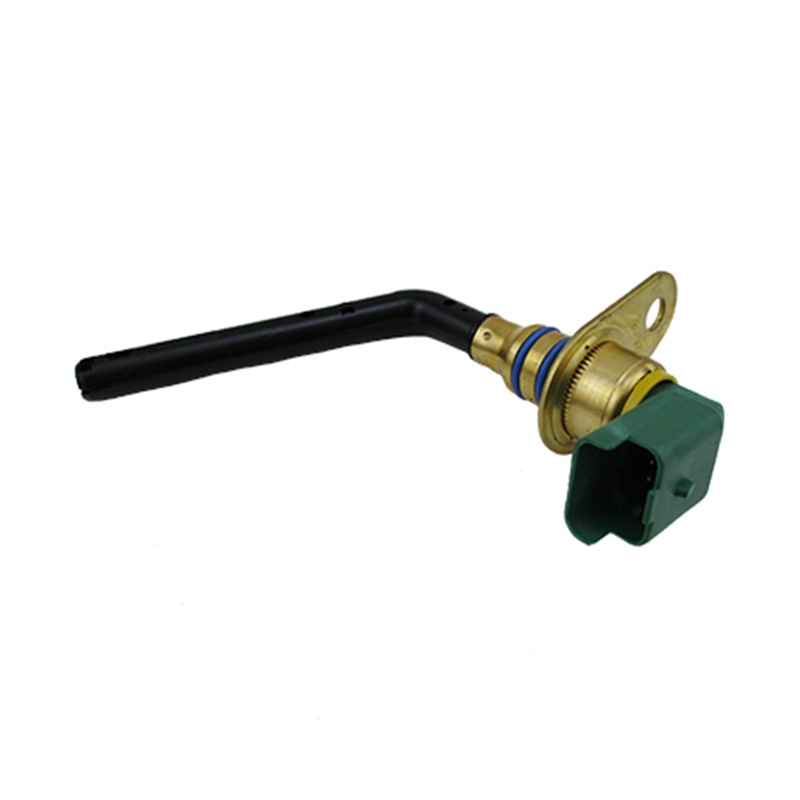OEM.NO: 0280 217 500 0280217 501
See DetailsHow Does The Master Flow Jet Mass Air Sensor Product Work?
In the realm of automotive and industrial applications, precise measurement and control of airflow are crucial for ensuring good performance and efficiency. Devices such as the master flow sensor, carb air flow meter, and jet powr flo mass air sensor play a pivotal role in these systems. Each of these components operates on specific principles to manage the air intake process, and understanding their working mechanisms can provide valuable insights into the broader context of engine management and air quality control.
Master Flow Sensor
The master flow sensor is a device that is often used in HVAC systems to measure the volume of air being circulated. It is a vital component for maintaining the desired air quality and temperature within a controlled environment. The sensor works by utilizing a sensing element that detects the pressure difference across an orifice or a pitot tube. As the air passes through, the change in pressure is translated into an electrical signal that can be read by a control system. This signal is then used to adjust the operation of the system, such as the speed of the fan or the opening of the dampers, to achieve the set airflow rate. The master flow sensor is designed to provide accurate and reliable measurements, ensuring that the airflow is neither excessive nor insufficient for the needs of the system.
Carb Air Flow Meter
The carb air flow meter, also known as a mechanical air flow sensor, is a component typically found in older or carbureted vehicles. It is designed to measure the amount of air that is drawn into the engine through the carburetor. The carb air flow meter operates on the principle of a vane or flap that is moved by the incoming airstream. The movement of this vane is proportional to the volume of air flowing into the engine. This mechanical motion is then converted into a signal that can be read by the vehicle's control system, which in turn adjusts the fuel mixture to maintain the correct air-fuel ratio for efficient combustion. The carb air flow meter is a critical link in the feedback loop that ensures the engine runs smoothly and that emissions are kept within acceptable levels.
Jet Powr Flo Mass Air Sensor
The jet powr flo mass air sensor, on the other hand, is a more modern and sophisticated device used in vehicles with fuel injection systems. Unlike the mechanical carb air flow meter, the jet powr flo mass air sensor uses a hot wire or hot film technology to measure the mass of air entering the engine. The sensor contains a heated element, which is kept at a constant temperature by the ECU (Engine Control Unit). As air flows past the heated element, it cools it down, causing the ECU to increase the current to maintain the set temperature. The amount of current required to maintain the temperature is directly proportional to the mass of the air flowing through the sensor. The jet powr flo mass air sensor provides real-time, highly accurate measurements that allow the ECU to finely tune the fuel delivery for maximum performance and efficiency.
The master flow sensor, carb air flow meter, and jet powr flo mass air sensor are all integral to their respective systems. Each operates on a different principle to ensure that the airflow is measured and controlled with precision. The master flow sensor is essential for HVAC systems, providing feedback on the volume of air circulated to maintain comfort and air quality. The carb air flow meter, while more traditional, is still important in carbureted engines for managing the air-fuel mixture. The jet powr flo mass air sensor represents the cutting edge of automotive technology, offering highly accurate mass airflow measurements for modern fuel-injected engines. Understanding the workings of these sensors is key to appreciating the complexity and sophistication of the systems they support.





